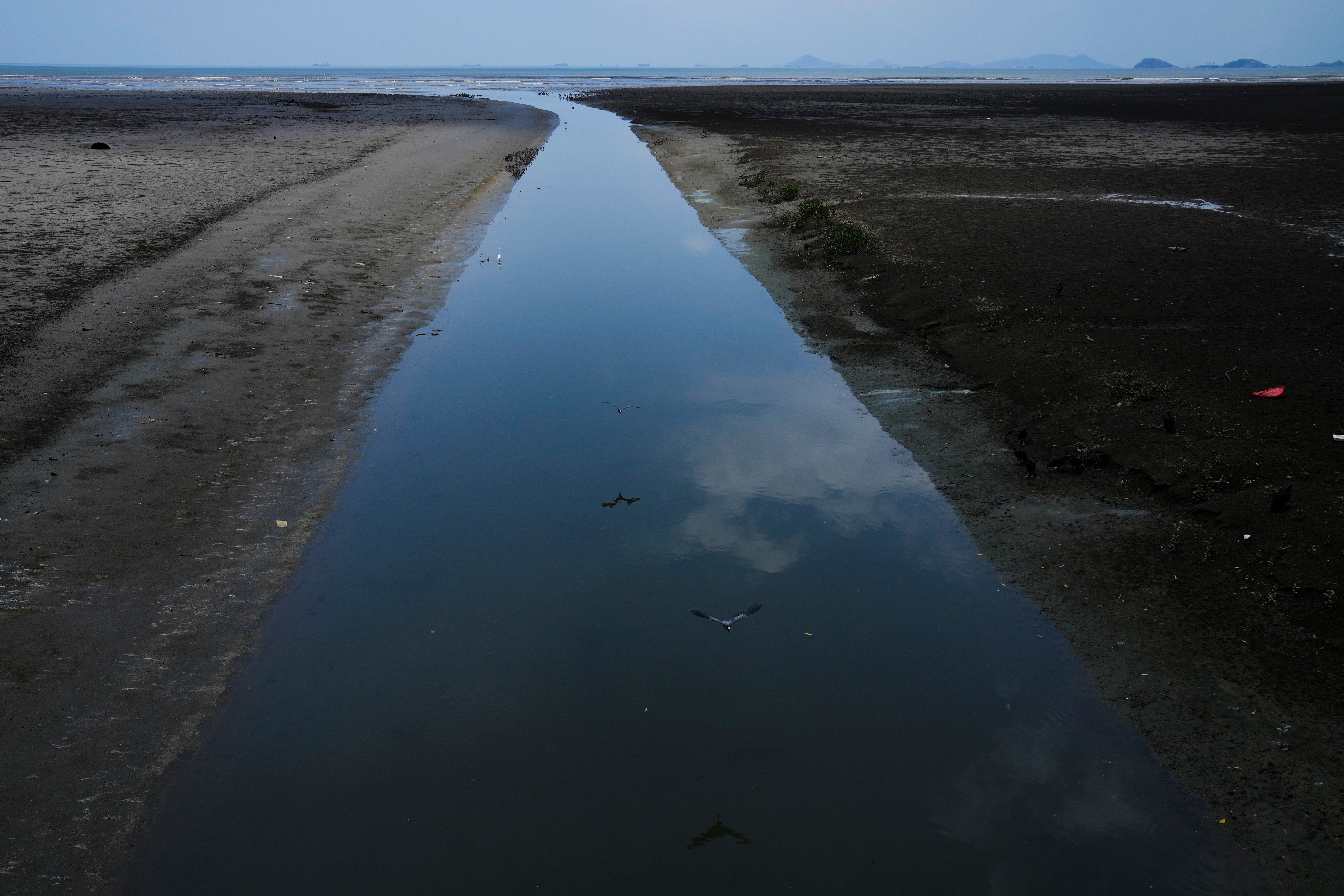Some nations want to remove more pollution than they produce. That will take giving nature a boost
As countries at the COP28 climate talks are wrangling over deadlines for lowering their carbon dioxide emissions, a Danish-led group of countries has decided to set the ultimate goal: to remove more CO2 from the atmosphere than they emit

Your support helps us to tell the story
From reproductive rights to climate change to Big Tech, The Independent is on the ground when the story is developing. Whether it's investigating the financials of Elon Musk's pro-Trump PAC or producing our latest documentary, 'The A Word', which shines a light on the American women fighting for reproductive rights, we know how important it is to parse out the facts from the messaging.
At such a critical moment in US history, we need reporters on the ground. Your donation allows us to keep sending journalists to speak to both sides of the story.
The Independent is trusted by Americans across the entire political spectrum. And unlike many other quality news outlets, we choose not to lock Americans out of our reporting and analysis with paywalls. We believe quality journalism should be available to everyone, paid for by those who can afford it.
Your support makes all the difference.Why promise net zero emissions when you can go even lower, such as negative emissions?
As countries at the COP28 climate talks are wrangling over ways to lower their greenhouse gas emissions, a Danish-led group of countries has decided to set the ultimate goal: to remove more carbon dioxide, the main source of global warming, from the atmosphere than they emit.
The Group of Negative Emitters was launched Sunday in Dubai by Denmark, Finland and Panama, and aims to reach that goal by slashing emissions, protecting and expanding forests, and investing in new technologies. Panama has already reached the goal with its vast forests that act as a huge carbon sink. Finland and Denmark hope to achieve this by 2035 and 2045, respectively.
“It’s a huge challenge to become carbon neutral and then carbon negative and we are not yet there,” cautioned Kai Mykkänen, Finland’s environment minister, “but we are really targeting this.”
For the rich Nordic country, the strategy is threefold. It will cut emissions, especially in the energy sector, expand forests, and invest in carbon capture and removal technology that traps planet-warming emissions from reaching the atmosphere and then transport it to where it can be permanently stored underground.
Many experts say the technology to capture carbon and store works but is expensive. It's still in the early days of deployment, so not available at scale. There are about 40 large carbon capture projects in operation around the world, pulling in roughly 45 million metric tons of carbon dioxide each year, according to the International Energy Agency. That’s a tiny amount — roughly 0.1% of the 36.8 billion metric tons emitted globally, as tallied by the Global Carbon Project.
“Decades of carbon capture have shown it to be ineffective, uneconomic, and risky for communities. The very industry that has brought us to the brink of climate catastrophe will not save us from it," said Nikki Reisch, Climate and Energy Program Director at the Center for International Environmental Law.
Dan Jørgensen, Denmark's environment minister, acknowledges there is a long road ahead.
“Obviously it’s a big step, especially if you wanted to deploy technology that’s not yet been fully developed,” he said.
Unlike Panama and Finland, Denmark does not have vast forests and sees new technology as crucial to reach its targets.
The country recently broke ground on a new carbon capture facility that is expected to be operational by 2026. It hopes the project will serve as proof of concept.
“When we decided to make the first offshore wind farm in 1991, a lot of people were shaking their heads thinking that was crazy because it’s far too expensive,” recalled Jørgensen. “But we did it and today, offshore wind can compete with fossils in price almost everywhere in the world.” Today, almost 50% of Denmark’s electricity comes from wind energy.
Finland’s Mykkänen says carbon capture might still sound like “voodoo,” but he’s confident the technology will be normalized within 10 to 15 years as countries invest in it and costs are driven down.
Technology transfers and paying for the energy transition have been key sticking points in the climate talks in Dubai, where developing countries are urging the developed world for more financing to help them move away from fossil fuels.
Harjeet Singh of Climate Action Network International says the world needs a two pronged approach.
“Developed countries have to reduce their emissions to net negative," said Singh. "But at the same time, transfer the technology and finance to developing countries so that we can actually multiply that effort there, because that’s where emissions are rising.”
___
Associated Press writers Michael Phillis in St. Louis, Missouri, and Sibi Arasu in Dubai contributed to this report.
___
Associated Press climate and environmental coverage receives support from several private foundations. See more about AP’s climate initiative here. The AP is solely responsible for all content.